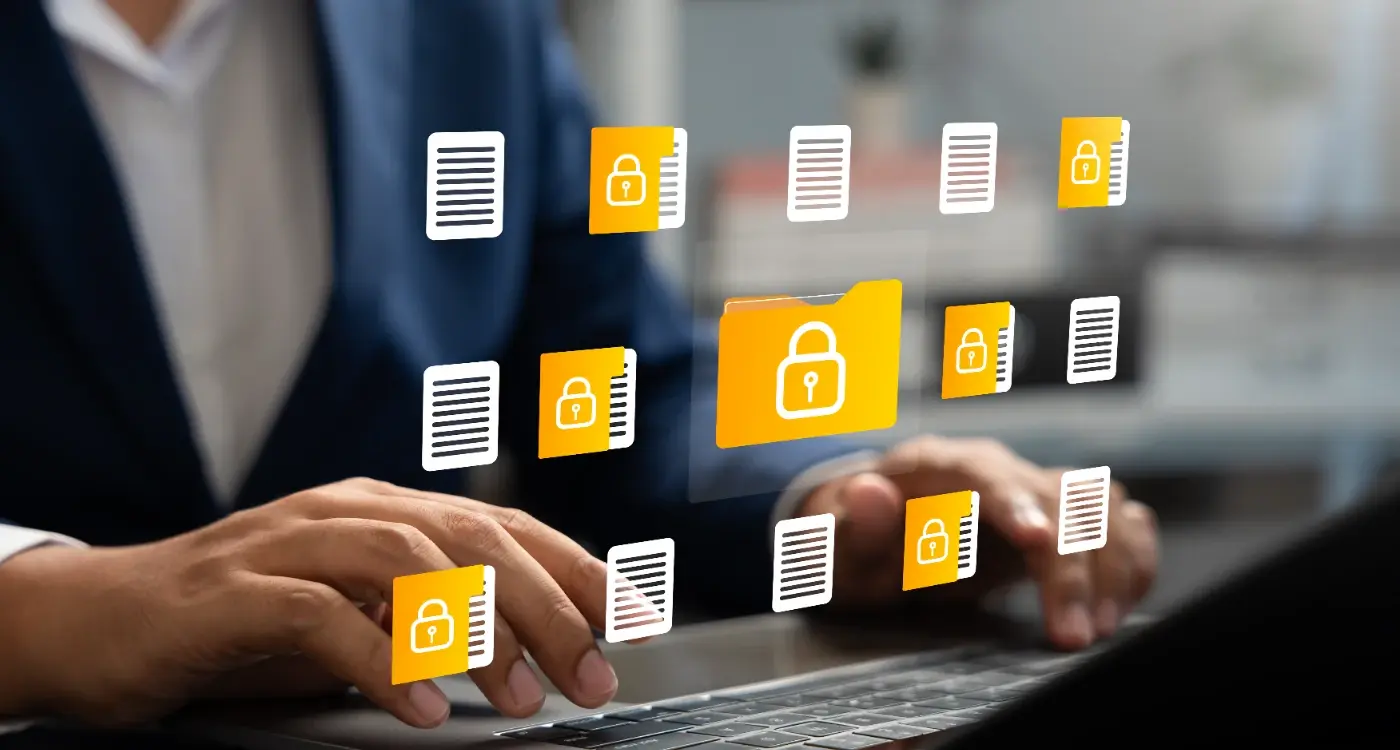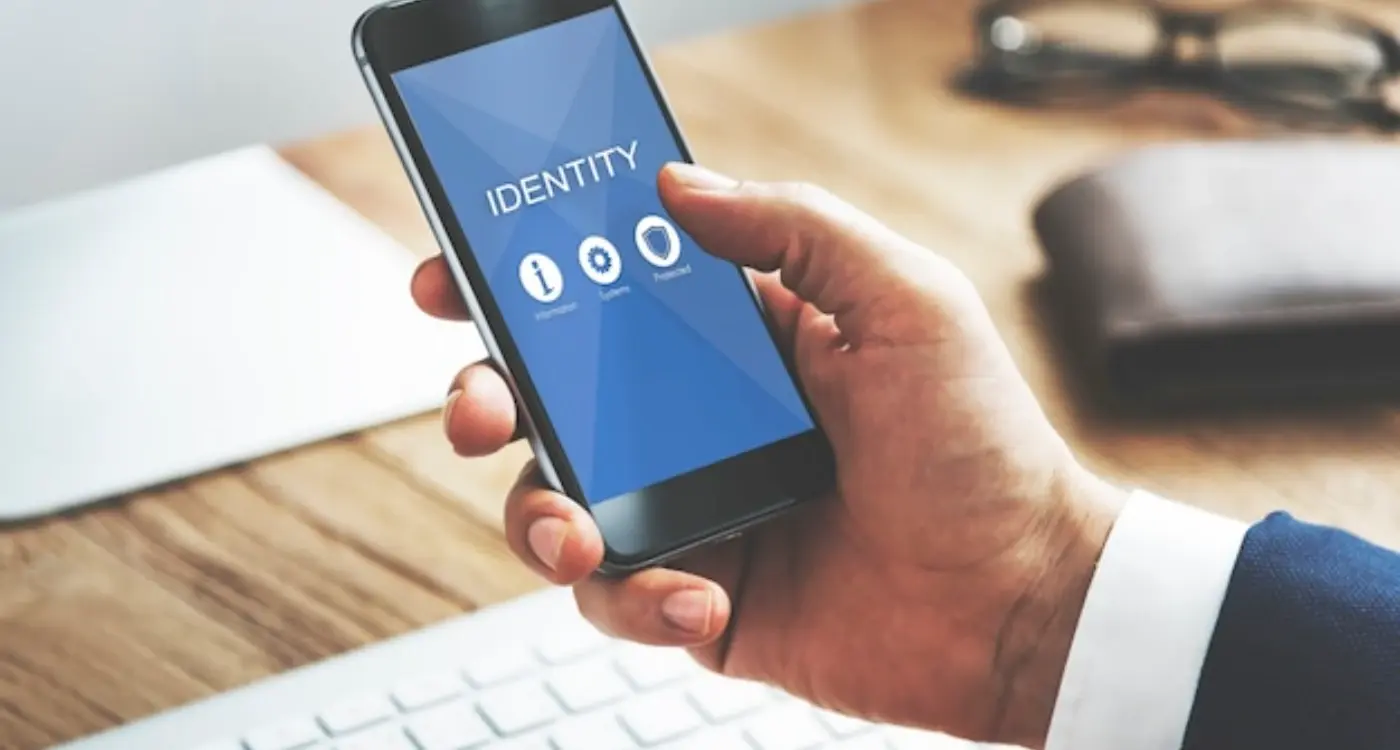When Does Your App Need Data Processing Permissions?
Every single day, mobile apps process over 2.5 quintillion bytes of user data—that's a number with 18 zeros after it. Most app developers don't realise they're handling this much information until they get their first legal notice about data processing permissions. I've watched countless brilliant apps get pulled from app stores or face hefty fines simply because their creators didn't understand when they needed proper consent for data collection.
The truth is, if your app collects any information about your users—and I mean any information at all—you're probably processing data that requires permissions. This includes obvious things like names and email addresses, but also less obvious data like device identifiers, crash reports, and user behaviour patterns. The rules around this have become stricter over the years, with GDPR compliance being just the tip of the iceberg when it comes to mobile app regulations.
The biggest mistake app developers make is assuming that because their app is 'simple', they don't need to worry about data processing permissions
What makes this tricky is that different types of data require different levels of protection. User data collection for adults follows different rules than collecting information from children. Location data has its own special requirements. And don't get me started on third-party analytics services—they're often collecting data you didn't even know about. Understanding app privacy laws isn't just about avoiding legal trouble; it's about building trust with your users and creating an app that can grow without constantly worrying about compliance issues down the road.
What Data Processing Actually Means
Right, let's get straight to the point—data processing sounds complicated, but it's actually quite simple. Every time your app collects, stores, uses, or shares information about your users, you're processing data. That's it. No fancy technical jargon needed.
Think about what happens when someone downloads your app and creates an account. You collect their email address, maybe their name, possibly their location. Your app then stores this information somewhere—that's data processing. When you use their email to send them notifications or when you analyse how they use your app, you're processing data again.
It's Not Just the Obvious Stuff
Here's where it gets interesting—data processing includes things you might not expect. When your app automatically logs which features users click on, that's processing data. If you're using analytics tools to see how many people downloaded your app this week, you're processing data. Even something as simple as storing user preferences (like whether they want dark mode enabled) counts as data processing.
Why This Matters for Your App
The reason we need to understand this is because different types of data processing trigger different legal requirements. Some data—like someone's name and email—needs explicit consent before you can collect it. Other data, like basic app functionality preferences, might fall under what's called 'legitimate interest'.
The key thing to remember is that modern apps rarely avoid data processing altogether. Unless your app works completely offline and never stores anything about users, you're almost certainly processing data in some form. And once you accept that reality, you can start thinking about doing it properly and legally.
Understanding User Consent Requirements
Right, let's talk about user consent—one of those things that sounds simple but gets complicated fast. When your app collects any kind of personal data, you need permission from your users first. Not after they've been using your app for weeks, not buried in some terms and conditions nobody reads. Before.
The key word here is "informed" consent. Your users need to know exactly what data you're collecting and why you need it. They also need to understand what you'll do with that information once you have it. This isn't just good practice; it's required by app privacy laws across most of the world.
What Makes Consent Valid?
For consent to count legally, it needs to tick several boxes. It must be freely given—so no forcing people to agree just to use your app. It needs to be specific about what data you're collecting. Users should be able to understand what they're agreeing to without needing a law degree. And they need a genuine choice to say no.
Never use pre-ticked boxes or assume silence means consent. Users must actively choose to share their data with you.
When Consent Isn't Enough
Sometimes asking nicely isn't sufficient for data processing permissions. If you're collecting sensitive information—health data, location tracking, or anything about children—the rules get stricter. GDPR compliance requires additional safeguards for these situations, and mobile app regulations often demand explicit opt-in processes rather than simple consent forms.
The bottom line? Don't collect data you don't actually need. Every piece of user data collection should serve a clear purpose that benefits your users, not just your business analytics.
- Ask for consent before collecting any personal data
- Explain clearly what data you need and why
- Make it easy for users to say no
- Keep records of when and how consent was given
- Allow users to withdraw consent later
GDPR and Your Mobile App
The General Data Protection Regulation—better known as GDPR—changed everything for mobile app developers when it came into effect. If your app collects any personal data from users in the European Union, you need to follow these rules. And trust me, almost every app collects some form of personal data, even if you don't realise it.
GDPR covers any information that can identify a person. This includes obvious things like names and email addresses, but also device IDs, IP addresses, and location data. Your analytics tools? They're collecting personal data. Your crash reporting service? Same story. Even something as simple as storing a user's app preferences might count as personal data processing.
Key GDPR Requirements for Mobile Apps
The regulation sets out several rights that users have over their data, and your app needs to respect these:
- Right to access their data
- Right to correct incorrect information
- Right to delete their data (the "right to be forgotten")
- Right to move their data to another service
- Right to object to certain types of processing
Getting Consent Under GDPR
GDPR requires "freely given, specific, informed and unambiguous" consent for most data processing. This means no more pre-ticked boxes or bundled consent for everything at once. Users must actively choose to give consent, and they need to understand what they're agreeing to.
The good news is that consent isn't always required—if you have a legitimate reason to process data (like providing the core features of your app), you might not need explicit consent. But when in doubt, ask for permission rather than forgiveness. The fines for getting GDPR wrong can be substantial, and nobody wants that conversation with their legal team.
Children's Data Protection Rules
Working with children's data is a completely different beast compared to adult data processing permissions. The rules are stricter, the penalties are harsher, and the responsibilities are much greater. If your app targets children under 13 (or under 16 in some countries), you're stepping into heavily regulated territory that requires serious attention to detail.
Under laws like COPPA in the US and GDPR in Europe, collecting any personal information from children requires verifiable parental consent before you can process their data. This isn't just a tick box exercise—it means implementing robust systems to verify that an actual parent or guardian has given permission. You can't simply ask "Are you over 13?" and call it a day.
What Counts as Children's Data
The definition is broader than you might think. Names, email addresses, photos, location data, device identifiers, and even behavioural tracking all fall under these strict rules. If your app has any social features, messaging capabilities, or collects user-generated content from minors, you need parental consent for each type of data collection.
The fines for getting children's data protection wrong can reach millions, and the reputational damage often costs even more than the financial penalties
Mixed Age User Bases
Many apps serve both adults and children, which creates additional complexity around data processing permissions. You'll need age verification systems and separate consent flows—children's accounts must operate under the stricter rules even when adults using the same app have more relaxed requirements. This means building different permission structures within the same application, which requires careful planning from the development stage onwards.
Location Data and Special Permissions
Location data sits in a special category when it comes to data processing permissions. Unlike other types of information your app might collect, location data is considered particularly sensitive—and rightly so. Think about it: your location reveals where you live, work, shop, and spend your free time. That's pretty personal stuff.
Under GDPR, location data falls under the category of personal data that requires explicit consent. You can't just slip it into your terms and conditions and hope users don't notice. The request needs to be clear, specific, and separate from other permissions you're asking for.
When Your App Needs Location Permissions
Not every app that could use location data actually needs it. Before you add location tracking to your app, ask yourself if it's truly necessary for your core functionality. Navigation apps? Absolutely. Food delivery apps? Makes sense. A simple calculator app? Probably not.
- Apps that provide directions or navigation services
- Weather apps showing local conditions
- Dating apps connecting nearby users
- Fitness apps tracking routes and workouts
- Shopping apps showing nearby stores
- Social media apps for location tagging
Getting Location Consent Right
When you do need location data, the way you ask for it matters enormously. Mobile operating systems will show their own permission dialogue, but you should explain why you need this information before that system prompt appears. Tell users exactly what you'll do with their location data and how it benefits them.
Remember that users can revoke location permissions at any time through their device settings. Your app needs to handle this gracefully—don't crash or become unusable if location access gets turned off later.
Third-Party Services and Data Sharing
Most apps don't work in isolation—they connect to other services to function properly. Your weather app talks to meteorological services, your social media app shares content with other platforms, and your e-commerce app processes payments through banking systems. Each of these connections means you're sharing user data with third parties, which brings its own set of privacy requirements.
Under GDPR and other privacy laws, you need explicit permission before sharing personal data with external services. This includes obvious things like sharing a user's email address with a marketing platform, but also less obvious data transfers like sending device information to analytics services or crash reporting tools.
What Counts as Third-Party Sharing
Any time data leaves your direct control, it's considered sharing. Cloud storage providers, payment processors, advertising networks, social media integrations—they all count. Even services owned by the same parent company might be considered separate entities from a privacy perspective.
Always check your third-party services' own privacy policies and data processing agreements. You're responsible for ensuring they handle data lawfully, even if the breach happens on their end.
Managing Third-Party Permissions
The key is transparency and control. Users should know exactly which services receive their data and why. Your privacy policy needs to list every third party you work with, what data they receive, and how they use it. Many apps now include a data sharing preferences screen where users can opt out of specific integrations whilst keeping core functionality intact.
Remember that users can withdraw consent at any time, so you'll need systems to stop sharing their data immediately when they ask you to. Understanding your highest value data can help prioritise which third-party integrations are truly essential versus nice-to-have.
Getting Consent Right in Your App
Getting consent from your users isn't just about ticking a legal box—it's about building trust. And trust is what keeps people using your app long after they've downloaded it. I've worked on apps where developers thought a tiny checkbox buried in the settings would do the job, and spoiler alert: it doesn't.
Your consent request needs to be clear, simple, and honest about what you're asking for. Users should understand exactly what data you want and why you need it before they say yes. No legal jargon, no confusing technical terms—just plain English that makes sense. Think of it this way: if you wouldn't understand your own consent message, neither will your users.
Making Consent Clear and Simple
The best consent requests I've seen tell users exactly what's happening. Instead of "We collect data to improve services," try "We'd like to track which features you use most so we can make them better." See the difference? One is vague corporate speak; the other actually explains the benefit.
You also need to make saying no as easy as saying yes. Equal-sized buttons, same colours, no dark patterns trying to trick users into agreeing. Users who choose to share their data because they genuinely want to will always be more valuable than those you've tricked into it.
When to Ask for Consent
Timing matters more than you might think. Don't bombard users with consent requests the moment they open your app—they haven't even worked out if they like it yet! Wait until they're about to use a feature that needs their data, then explain why that permission makes their experience better. This approach aligns with best practices for app onboarding and privacy.
Staying Compliant After Launch
Getting your app live is just the beginning—staying compliant with data processing permissions requires ongoing attention. The mobile app regulations landscape changes regularly, and what worked at launch might not be enough six months down the line. New privacy laws emerge, existing ones get updated, and app store requirements shift without much warning.
Regular audits of your data collection practices should become part of your routine maintenance schedule. Check what data you're actually collecting versus what your privacy policy states; review your third-party integrations to see if they've changed their data handling practices; update your consent mechanisms if new requirements come into force. It's tedious work, but it beats facing hefty fines or app store removal.
Monitoring Regulatory Changes
GDPR compliance isn't a one-time tick-box exercise—it's an ongoing commitment that affects how you handle user data collection throughout your app's lifetime. Subscribe to regulatory updates from data protection authorities; join industry forums where compliance issues are discussed; consider working with legal professionals who specialise in app privacy laws.
The biggest mistake app developers make is thinking compliance is a launch requirement rather than a continuous process
User Rights and Ongoing Management
Users can request their data at any time, ask for corrections, or demand complete deletion. Your systems need to handle these requests efficiently—preferably through automated processes rather than manual intervention. Test these systems regularly to make sure they actually work when users need them. Document everything you do, because if regulators come knocking, you'll need to prove your compliance efforts rather than just claim them.
Conclusion
Getting data processing permissions right isn't just about ticking boxes—it's about building trust with your users from day one. Throughout this guide, we've covered the key areas where your app will need proper permissions: from basic user data collection to location tracking, from working with third-party services to protecting children's information.
The truth is, data protection laws aren't going anywhere. They're only getting stricter as governments worldwide recognise how important user privacy has become. What might seem like a minor oversight today could turn into a major compliance headache tomorrow. That's why getting your permissions framework right from the start saves you both time and money down the line.
Your users want to trust you with their data—they just need you to be transparent about what you're doing with it. Clear consent forms, honest privacy policies, and giving people real control over their information builds that trust. It's not about making things complicated; it's about being upfront.
Remember that compliance isn't a one-time job. As your app grows and adds new features, you'll need to review your data processing requirements regularly. New integrations mean new permissions. Updated features might require different types of consent. Staying on top of these changes protects both your users and your business.
The apps that get this right don't just avoid legal trouble—they build stronger relationships with their users. And in today's competitive app market, that trust can be the difference between success and failure.
Share this
Subscribe To Our Learning Centre
You May Also Like
These Related Guides

How Do You Prepare for Data Protection Regulatory Reviews?

How Do Privacy Laws Change App Approval Requirements?



